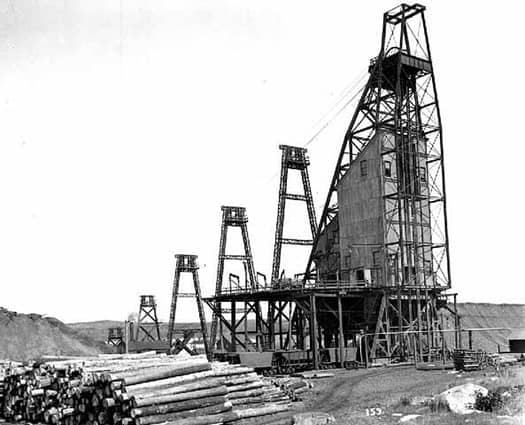

In the Minneapolis Star Tribune last week, Outdoors Editor Dennis Anderson wrote about his job editing an Ely newspaper in the late 1970s. The experience provided him with insights into the region’s debate over proposed copper-nickel mining.
The paper had interesting connections with the mineral deposits. The late owner’s father was a miner and prospector credited with first discovering the copper deposits southeast of the city.
Under the leadership of Fred C. Childers, the Ely Miner was vocally pro-development, speaking in favor of plans to build roads in wild areas of the Superior National Forest, as well as mining and other extractive uses:
I was too busy living history at the time to read history, so I was generally unaware that in coming to Ely I had immersed myself in two long-running natural-resource dramas: mining, and preservation of the Boundary Waters Canoe Area Wilderness (BWCA).
Begin, then, this tale of those two dramas and some of the people involved:
First, more on Fred C. Childers, the Ely Miner’s publisher. He was born in Talley, N.D., and had been a resident of Ely for 50 years when he died suddenly at age 57 in 1972.
Fred C. was the son of Fred S. Childers, who was born in Soudan, Minn., about 20 miles from Ely, in 1885 and died in 1956.
As a young man, Fred S. worked in Ely’s mines. Later, he prospected, and his obituary credits him with “discovering the copper-nickel deposits in the Kawishiwi area” — the same deposits that today are the subject of a controversial precious-metals mine proposed by Twin Metals.
The paper clashed with Senator Hubert Humphrey after the politician introduced the first wilderness protection legislation in 1956, just a few years after the younger Childers acquired the Miner. It was then that the paper, Humphrey, and wilderness advocate and author Sigurd F. Olson began a long and disagreeable relationship.
One year later, International Nickel Co. became the first company to start drilling and exploring the copper-nickel deposits. It acquired leases which Twin Metals controls today, and the renewal of which have been the subject of legal debate in the federal government.
Notably, Anderson reports that the company first sought a 100-year lease for the minerals, but Sigurd Olson pushed the Department of Interior to reject such a long-term arrangement. Six decades later, the leases are still active, and the debate continues over mining near the wilderness.

